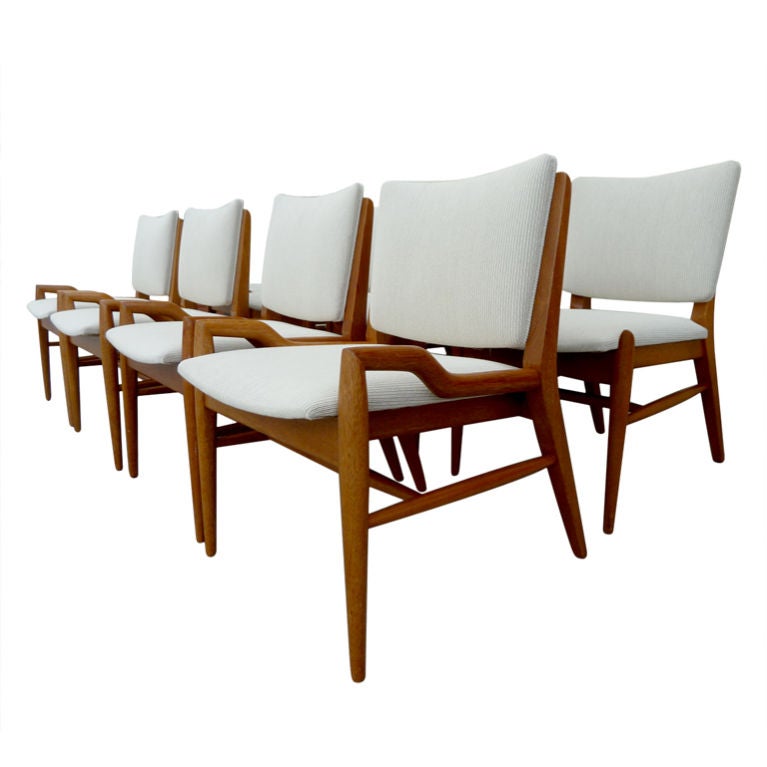This Image is rated 6 by BING for KEYWORD Captain Chairs For Dining Room, You will find this result at BING.
IMAGE Deep Information FOR Heywood Wakefield Dining Table with Four Captain Chairs at 1stdibs's Picture| TITLE: | Heywood Wakefield Dining Table with Four Captain Chairs at 1stdibs |
| IMAGE URL: | http://shard3.1stdibs.us.com/archivesE/1stdibs/032715/HouseOfHoney_CC_DM/7/X.jpg |
| THUMBNAIL: | https://tse3.mm.bing.net/th?id=OIP.gO8sFmW7mTS4SajC_N-T6wEsEs&pid=Api&w=180&h=181 |
| IMAGE SIZE: | 92878 B Bs |
| IMAGE WIDTH: | 1280 |
| IMAGE HEIGHT: | 1280 |
| DOCUMENT ID: | OIP.gO8sFmW7mTS4SajC_N-T6wEsEs |
| MEDIA ID: | 05279C3A7682562C6B797AF4D0D1C70C8B59313B |
| SOURCE DOMAIN: | 1stdibs.com |
| SOURCE URL: | https://www.1stdibs.com/furniture/tables/dining-room-sets/heywood-wakefield-dining-table-four-captain-chairs/id-f_2054213/ |
| THUMBNAIL WIDTH: | 180 |
| THUMBNAIL HEIGHT: | 181 |
Related Images with Heywood Wakefield Dining Table with Four Captain Chairs at 1stdibs
Dining Room furniture gt; Dining Chair gt; Outdoor Captains Dining Chair
Dining Rooms
MidCentury Captain Chairs and Side Chairs by John Keal, Set of Four

Home Fine Furniture Dining Room Dining Room Chairs amp; Bar Stools

A dining room is a room for eating food. In modern times it is usually adjacent to the kitchen for accessibility in providing, although in medieval hours it was often on an entirely different floor tier. Historically the dining room is furnished with a rather large dining table and a number of dining chairs; the most common shape is generally rectangular with two armed purpose chairs and an even number of un-armed back chairs along the long sides .
History
In the Middle Ages, upper class Britons and other European grandeur in palaces or huge manor house dined in the great corridor. This was a large multi-function room capable of room the bulk of the population of the house. The household would sit at the head table on a grown dais, with the rest of specific populations arrayed in order of lessening grade away from them. Tables in the largest corridor would tend to be long trestle tables with benches. The sheer number of people in a Great Hall intend it would probably have had a busy, bustling atmosphere. Propositions that it would also have been quite smelly and smoky are probably, by the standards of the time, unfounded. These rooms had large-scale chimneys and high ceilings and there would have been a free pour of breath through the numerous door and window openings .
It is no doubt that the owners of such properties began to develop a delicacy for more intimate meetings in smaller' parlers' or' privee parlers' off the primary hall but this is thought to be due as much to political and social changes as to the greater convenience is guaranteed by such rooms. In the first instance, the Black Death that ravaged Europe in the 14 th Century caused a shortage of labor and this had led to a breakdown in the feudal system. Also the religious persecutions following the dissolution of the monasteries under Henry VIII established it unwise to talk freely in front of large numbers of people .
Over time, the grandeur took more of their dinners in the parlor, and the parlour became, functionally, a dining room( or was split into two separate chambers ). It likewise moved farther from the Great Hall, often accessed via grand ceremonial staircases from the dais in the Great Hall. Eventually dining in the Great Hall became something that was done primarily on special occasions .
Toward the beginning of the 18 th Century, a structure emerged where the madams of the house would withdraw after dinner from the dining room to the drawing room. The gentlemen would remain in the dining room having sips. The dining room tends to take on a more masculine tenor as a result .
Comments
Post a Comment